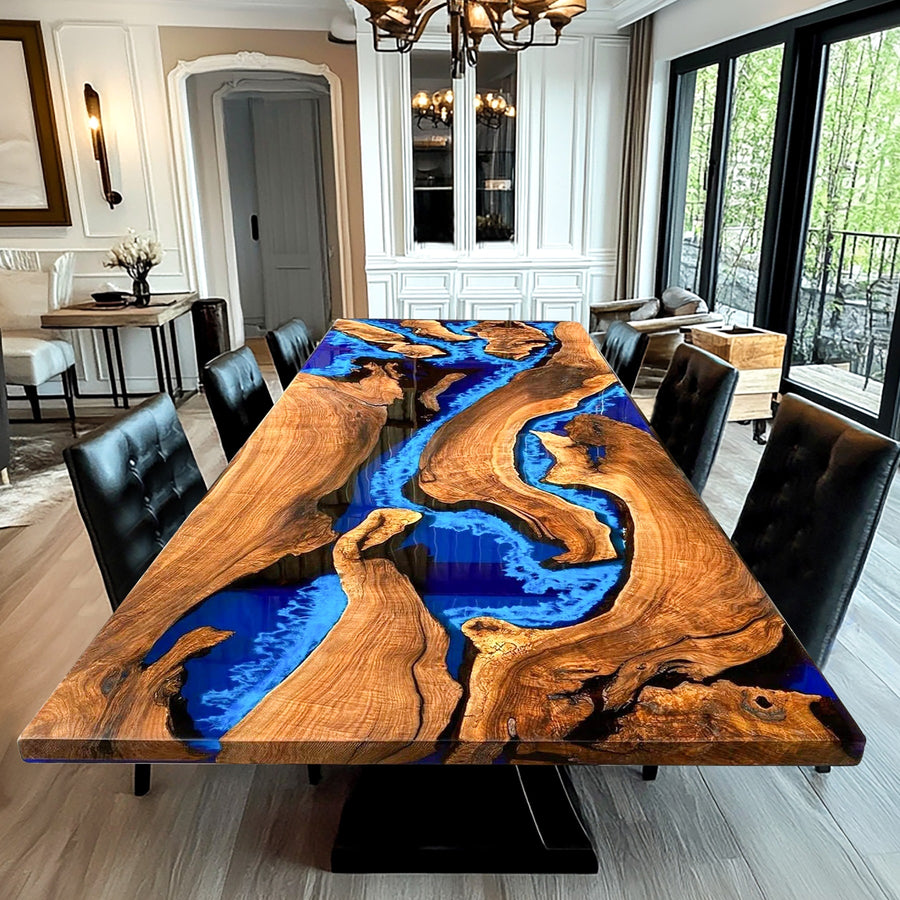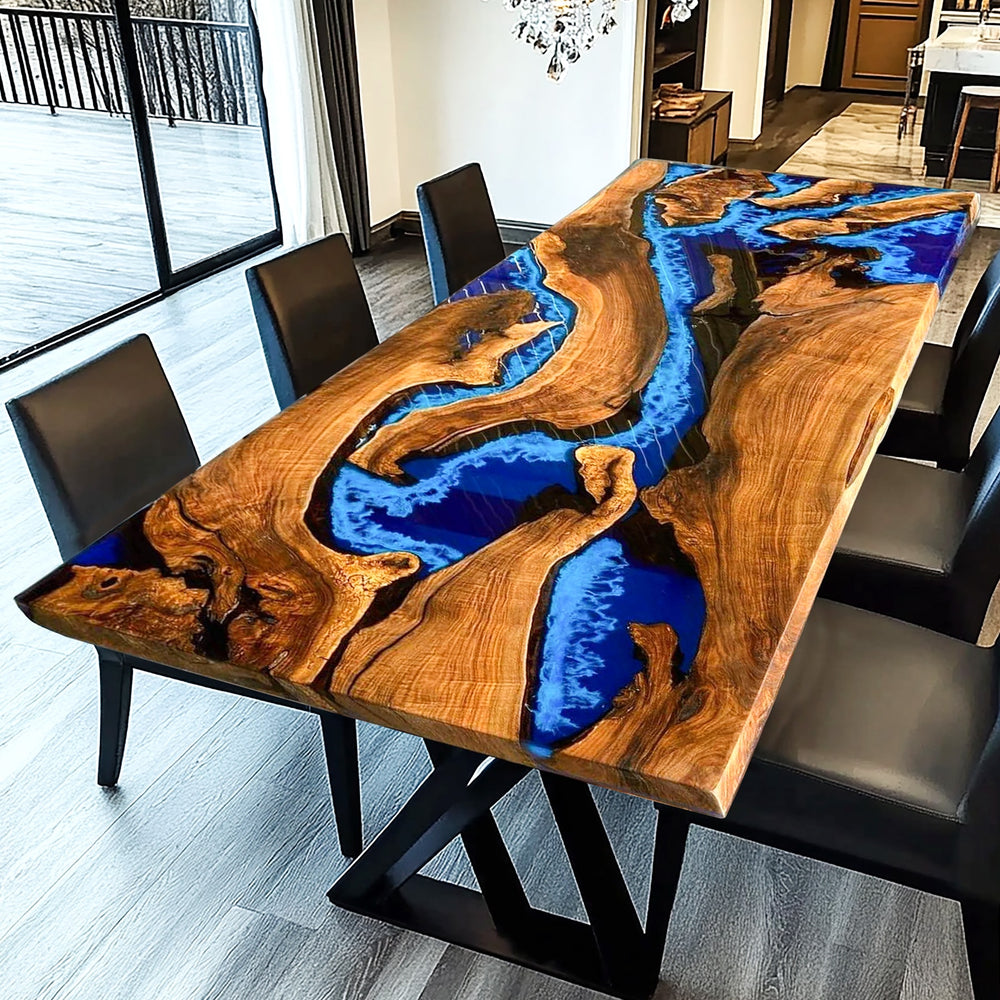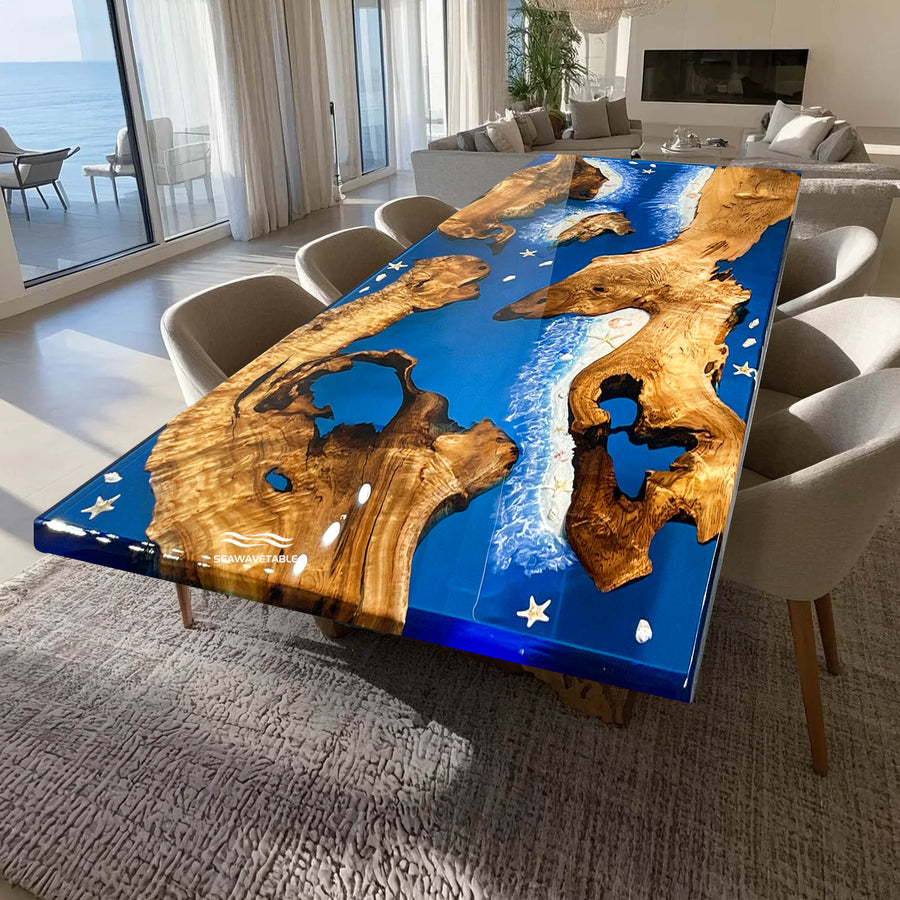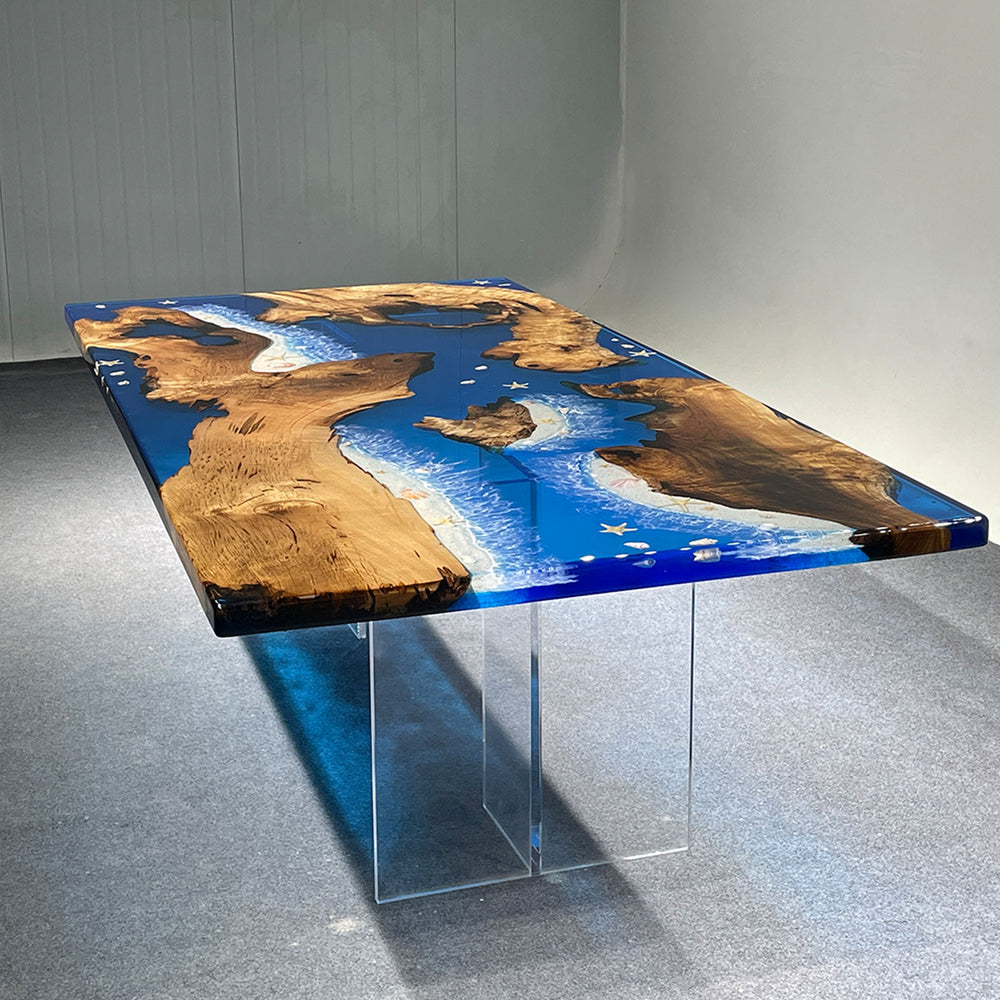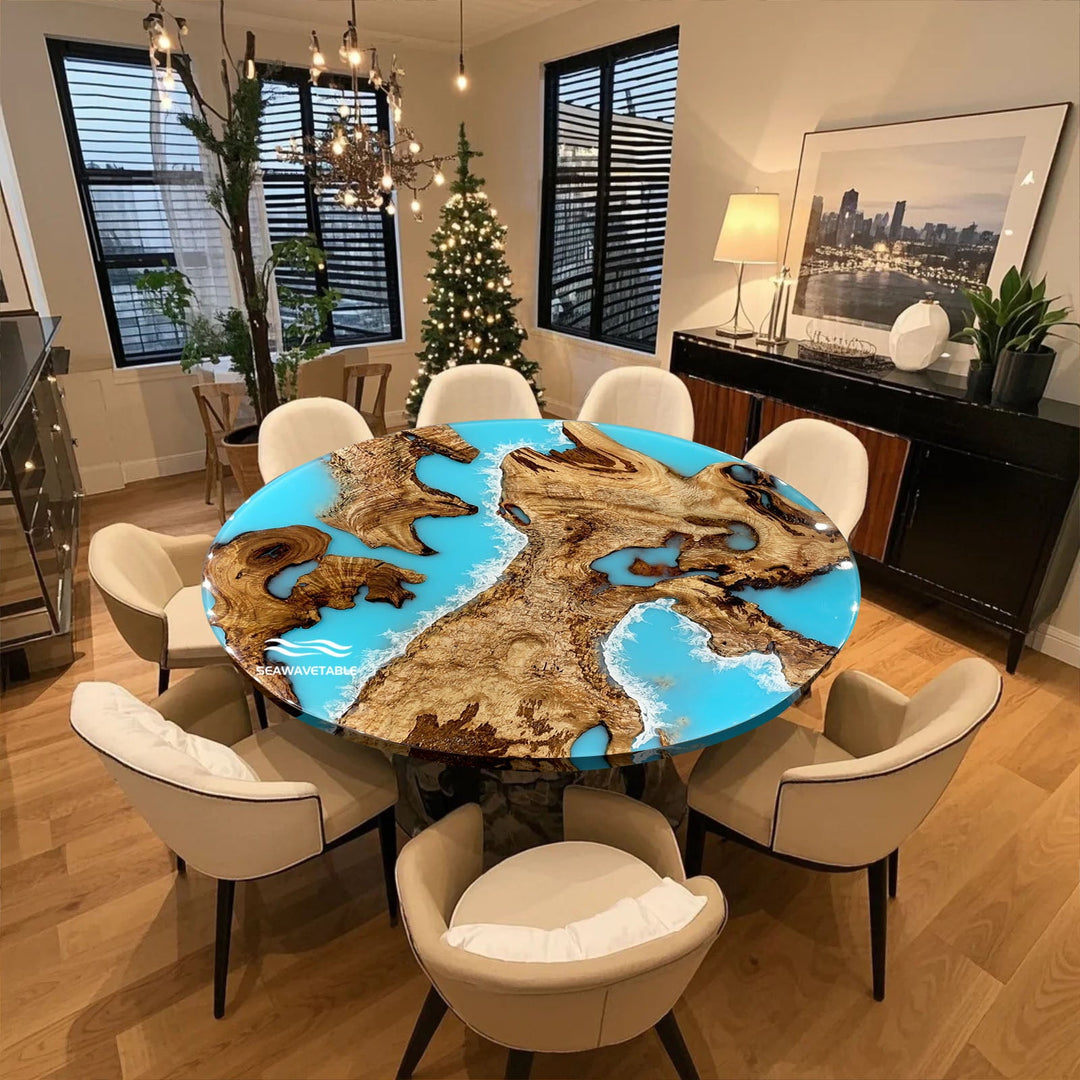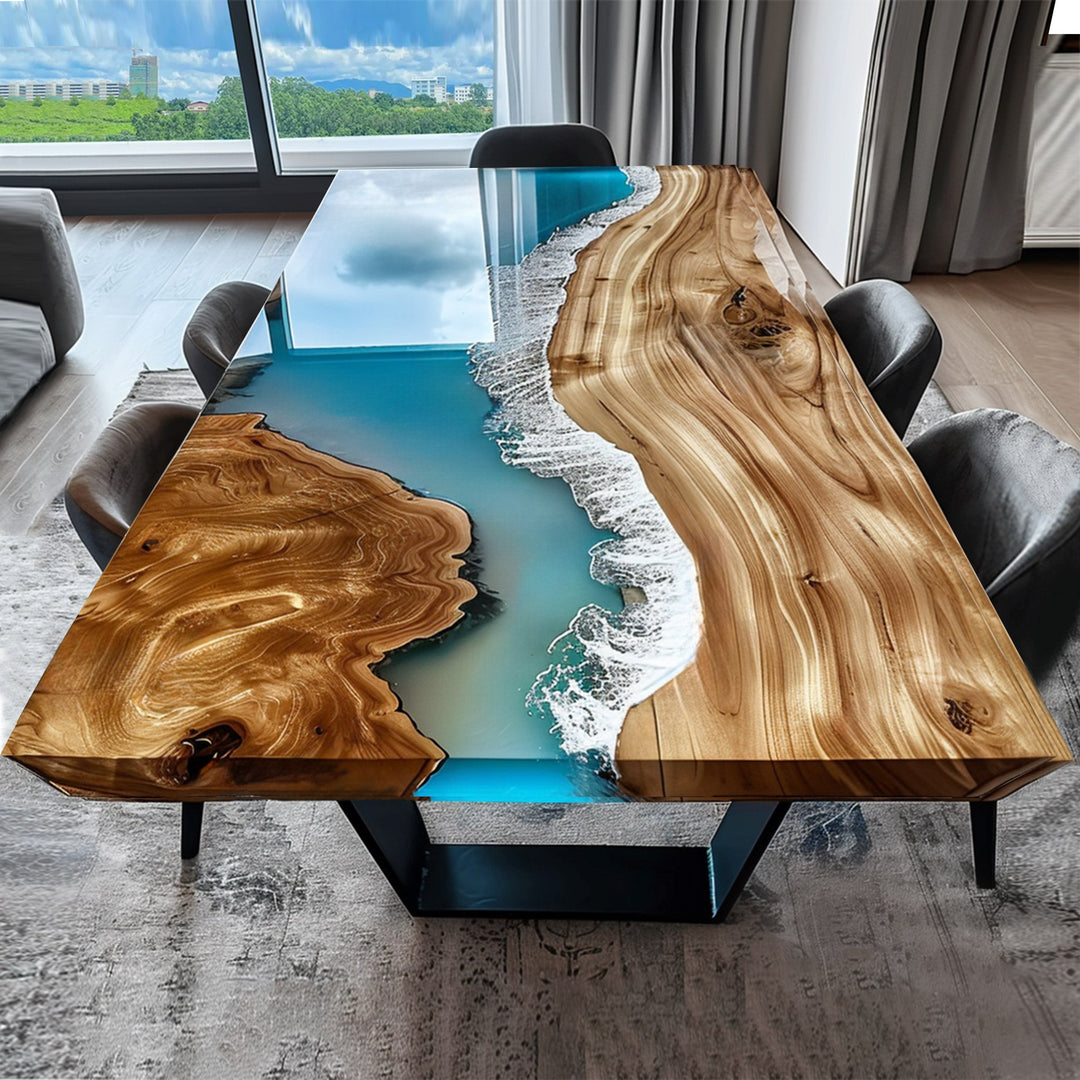How Long Should Live Edge Lumber Dry Before Use?
Drying is a crucial stage in transforming raw logs into usable lumber. The time required for drying live edge wood slabs varies significantly depending on thickness, wood species, and the specific drying process used. Depending on these factors, drying periods can range from six months to a year, and in some cases, even up to two years.
Milling Process and Log Size Considerations
When discussing how long live edge lumber needs to dry, the initial milling process cannot be overlooked. The size and dimensions of the logs determine the milling approach. Larger logs are milled into thicker slabs to minimize warping over time, ensuring higher-quality finished products. In contrast, smaller logs are typically cut thinner, as they are less prone to significant defects.
Kiln Drying Time and Wood Species
The type of wood plays a crucial role in determining drying time. For instance, our three-inch-thick wood slabs, particularly single-piece slabs, typically need about a year before they can be placed in a kiln. However, this timeframe may vary depending on the wood species. Softer woods, even when milled thicker, can sometimes be placed into vacuum kilns earlier. Nevertheless, it is generally best to allow larger slabs to air dry before undergoing kiln drying.
Challenges in Drying Certain Wood Species
Some wood species pose more challenges during the drying stage. Oak (both white and red) and walnut dry particularly slowly. These species require careful drying, as rushing the process can lead to severe defects. On the other hand, softer woods like pine, cedar, spruce, poplar, and soft maple can be processed quickly and placed in kilns almost immediately after cutting. Harder woods such as ash, hickory, cherry, walnut, and white oak require longer drying cycles to achieve optimal stability.
Environmental Factors Affecting Drying
Understanding environmental factors is crucial when determining how long live edge lumber should dry before use. Interestingly, moisture exposure during drying is not the biggest issue—rather, sunlight and ultraviolet (UV) exposure pose greater threats. UV exposure can degrade the surface quality of wood, leading to discoloration and surface damage.
In hot and humid regions like the Midwest during summer, protecting wood from direct sunlight is essential. To achieve optimal drying, wood slabs should be stored under covered structures with adequate airflow while being shielded from the sun. Proper airflow helps reduce moisture content, while UV protection maintains the wood's quality.
Creating Stunning Epoxy Tables with Well-Dried Wood
Once properly dried, live edge slabs become the perfect foundation for crafting stunning epoxy tables and solid wood furniture. Whether you're designing a live edge dining table or a unique custom piece, selecting well-dried wood ensures durability and beauty.
🌿 Looking for high-quality wood slabs for your next project? Visit SeawaveTable to explore our premium selection of live edge wood slabs, solid wood furniture, and custom epoxy tables!
Conclusion
Drying live edge lumber is a delicate process influenced by multiple factors. Wood species, size, thickness, and environmental conditions all play a critical role in determining drying time. By understanding these variables, you can achieve perfectly dried live edge wood, ready to be transformed into stunning epoxy tables or functional furniture. While the waiting period varies, the results are always worth the patience.
For more insights on choosing the best wood for your next epoxy table, browse our SeawaveTable collection and start crafting your masterpiece today!


